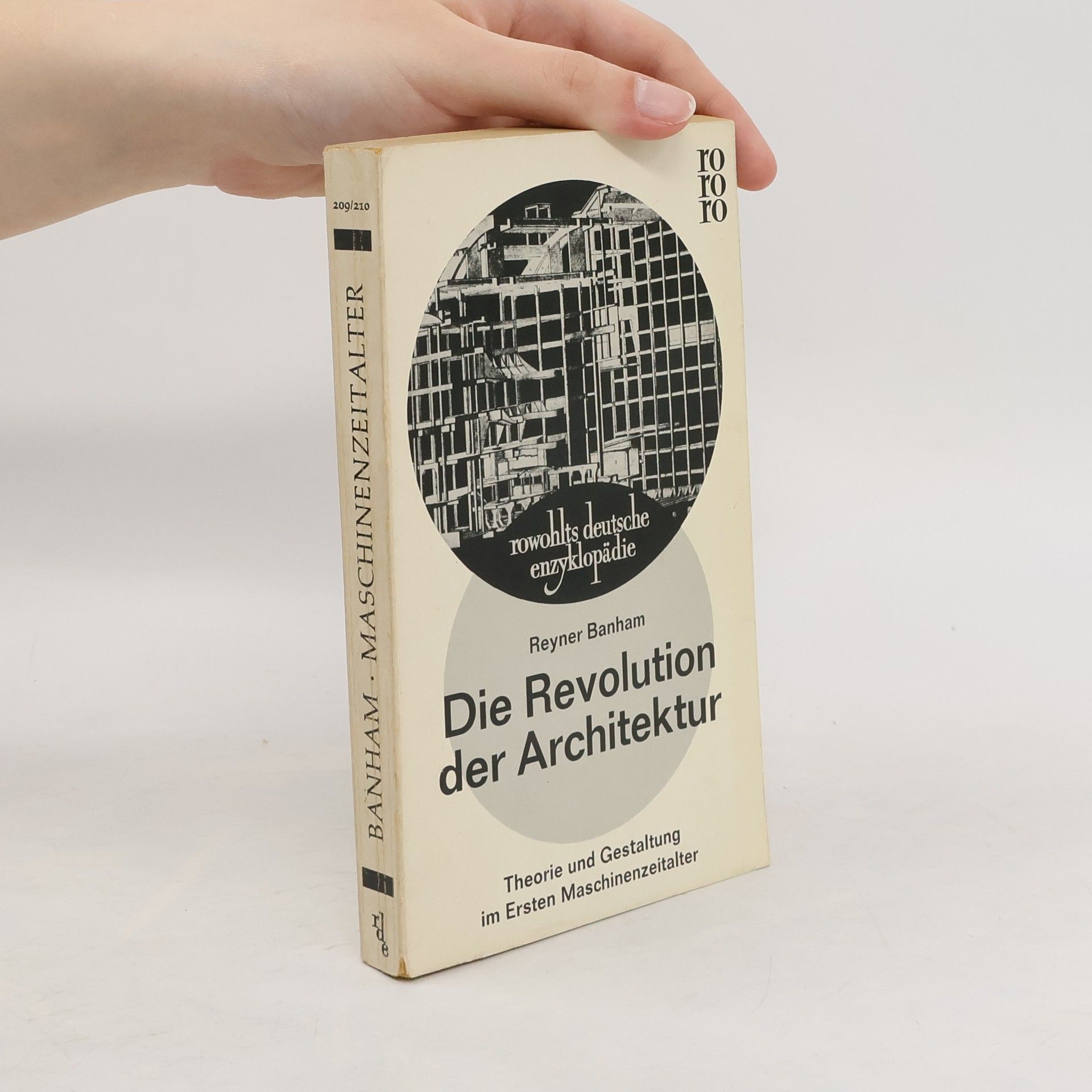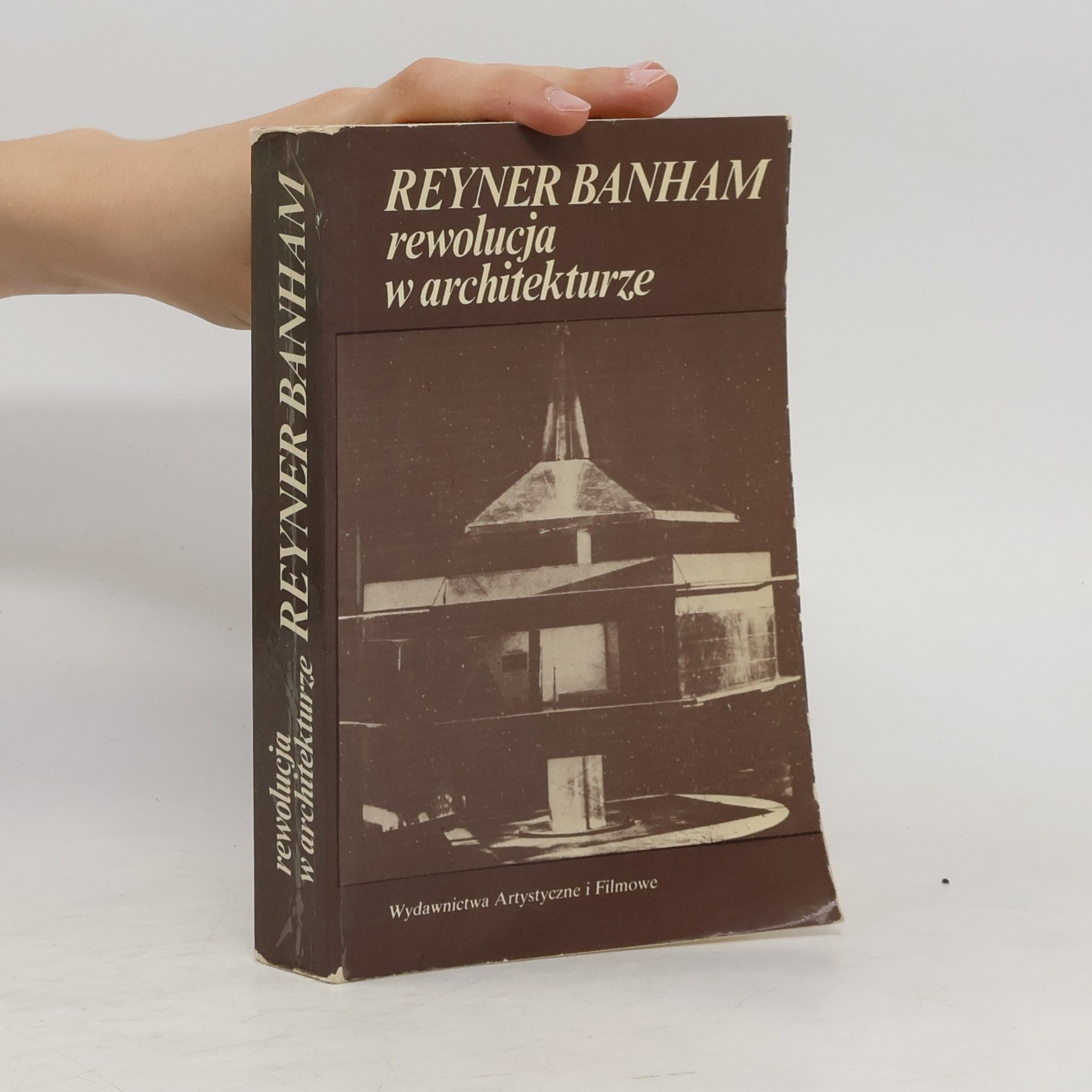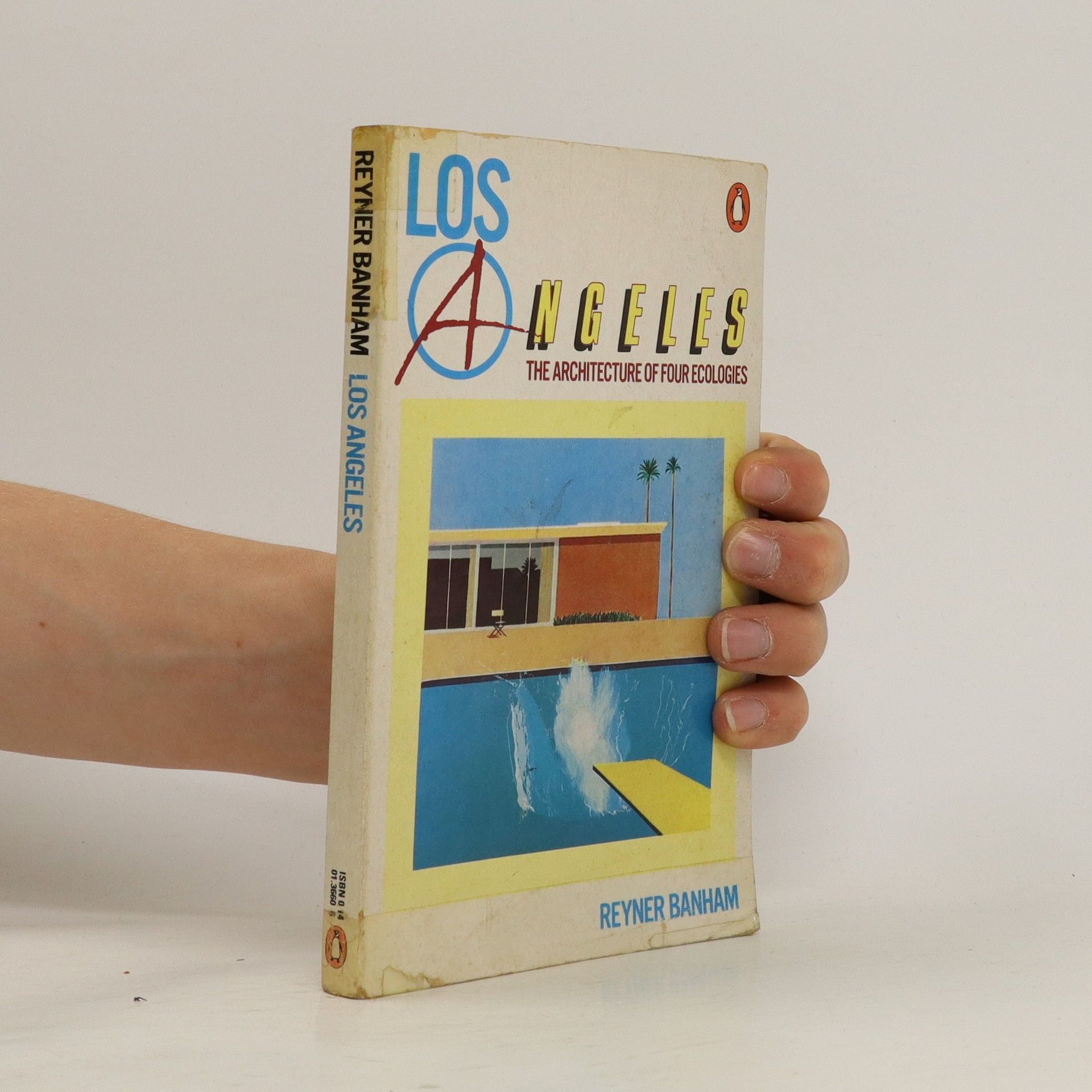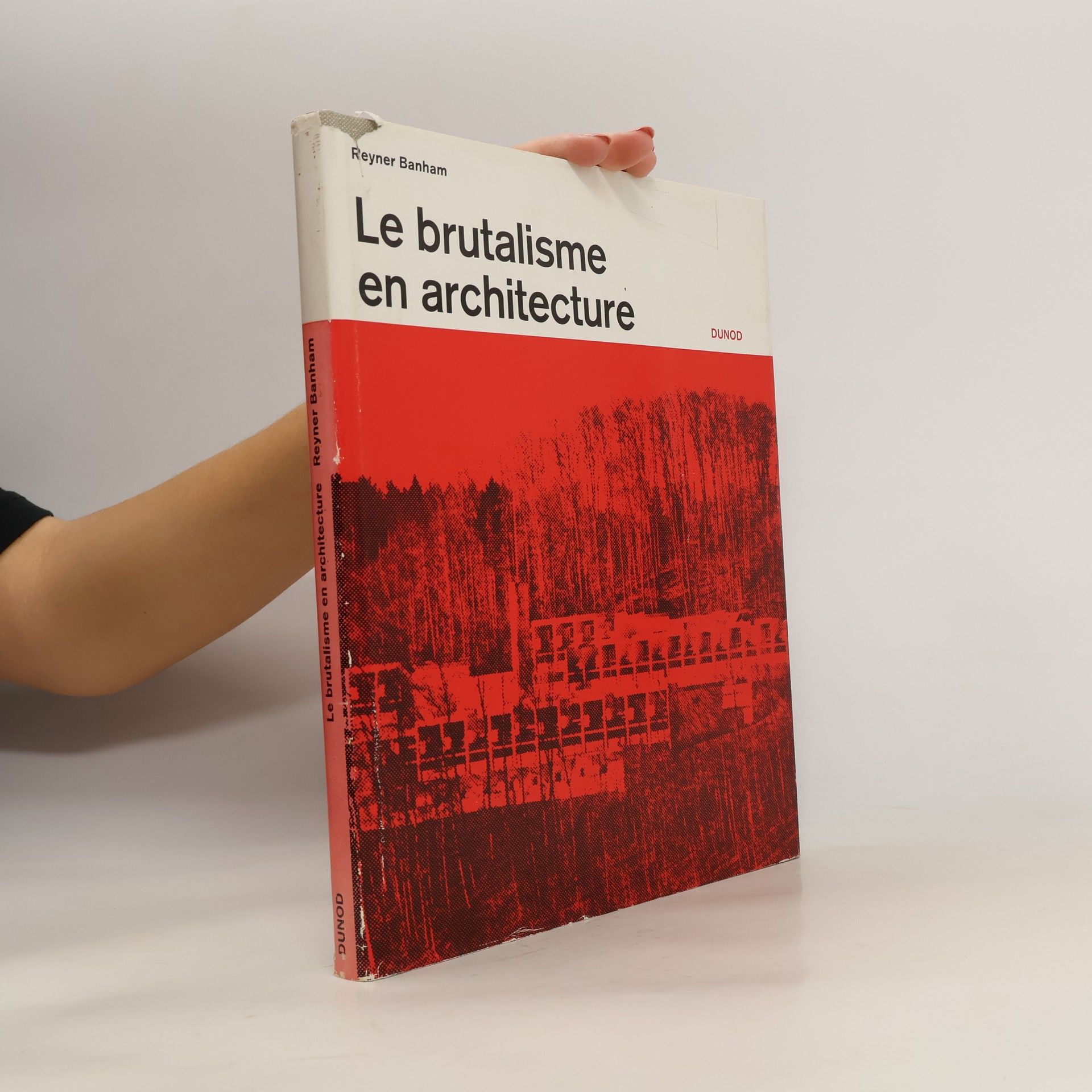Reyner Banham Livres
Peter Reyner Banham fut un critique et théoricien architectural fondamental, réputé pour son examen incisif du modernisme et sa relation avec l'ère de la machine. Ses écrits exploraient comment les aspirations formelles façonnaient souvent les réalités fonctionnelles des structures bâties. Banham fut également un pionnier dans la compréhension des paysages urbains, notamment en classant Los Angeles en quatre modèles écologiques distincts pour révéler ses cultures architecturales uniques. Sa pensée critique et sa clairvoyance en ont fait la conscience de l'architecture britannique d'après-guerre, évoluant d'idéaux utopiques vers une contemplation plus profonde de l'avenir postindustriel.






Los Angeles
The Architecture of Four Ecologies
Reyner Banham examined the built environment of Los Angeles in a way no architectural historian before him had done, looking with fresh eyes at its manifestations of popular taste and industrial ingenuity, as well as its more traditional modes of residential and commercial building. His construct of "four ecologies" examined the ways Angelenos relate to the beach, the freeways, the flatlands, and the foothills. Banham delighted in this mobile city and identified it as an exemplar of the posturban future.
This classic work explores a pivotal architectural movement that has influenced not only architects but also fantasists and filmmakers. It provides critical insights into the evolution of architectural design and its cultural impact, making it a significant resource for those interested in architectural history and theory. The reprint offers a fresh opportunity to engage with its timeless themes and ideas.
Die Blauen Bücher: Architektur der Zwanziger Jahre in Deutschland
- 300pages
- 11 heures de lecture
Rare Book
